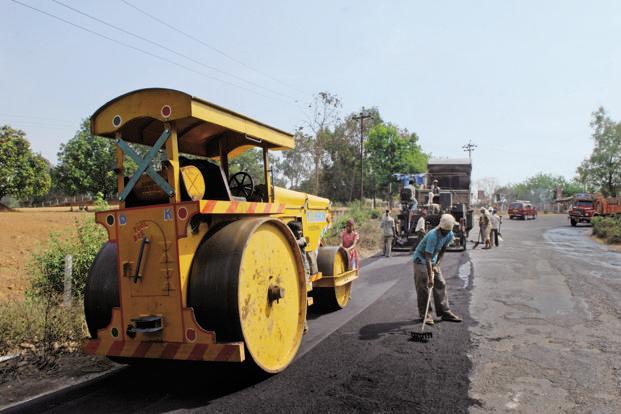Contact Us
RoadVision AI
Private Limited
Office No. 308 & 310, B Block
Ansal Chamber - 1, Bhikaji Cama Place,
Near Engineers India Limited (EIL) Bhawan, New Delhi - 110066
© 2024 | RoadVision AI | All rights reserved
With increasing environmental concerns and the need for sustainable infrastructure, the Indian Roads Congress (IRC) introduced IRC:SP:121-2018, providing guidelines for the use of iron, steel, and copper slag in rural road construction. This standard aims to promote the utilization of industrial by-products, ensuring cost-effectiveness, sustainability, and durability in rural road projects.

Slag is a by-product generated during metal production. The major types include:
✅ Reduced environmental impact – Utilization of waste materials prevents landfills.
✅ Cost-effectiveness – Slag is more economical than natural aggregates.
✅ Enhanced performance – Slag exhibits high strength, skid resistance, and durability.
1. Iron and Steel Slag in Road Layersa) Slag as a Sub-base Material
b) Slag as a Base Material
c) Slag in Asphalt Layers
2. Copper Slag in Road Constructiona) Copper Slag in Embankments and Subgrade
b) Copper Slag in Base and Sub-base Layers
c) Copper Slag in Bituminous Mixes
The Toxicity Characteristic Leaching Procedure (TCLP) confirms that slag usage in roads is environmentally safe. Regular quality control tests ensure compliance with IRC and MoRD specifications.
The IRC:SP:121-2018 guidelines advocate for the responsible use of iron, steel, and copper slag in rural road construction, offering sustainable, cost-effective, and high-performance solutions. With proper implementation, slag-based roads can significantly enhance infrastructure durability while promoting circular economy principles.
RoadVision AI is revolutionizing road infrastructure development and maintenance with its innovative solutions powered by computer vision AI. By leveraging advanced technologies, the platform conducts comprehensive road condition monitoring and traffic surveys, enabling early detection of surface issues like potholes and cracks for timely repairs and enhanced roads. Through traffic congestion analysis, RoadVision AI provides data-driven insights to address traffic congestion challenges and optimize road usage. With a focus on building smarter and more efficient road infrastructure, RoadVision AI ensures full compliance with IRC Codes, helping engineers and stakeholders reduce costs, minimize risks, and improve road safety and transportation efficiency.